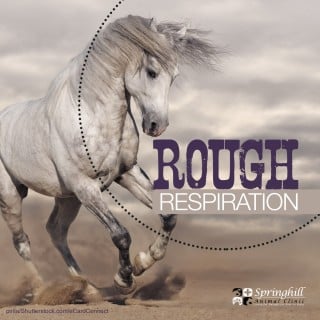Shipping fever pneumonia is the most common issue encountered in feedlot calves. It accounts for major economic losses in the form of reduction in average daily gain, feed efficiency and overall performance of calves.
Shipping fever pneumonia is a part of bovine respiratory disease, a complex that develops most often within two weeks after calves have been weaned, the most stressful time for calves. Since stress causes the immune system to become suppressed, calves can be more susceptible to shipping fever. Other factors that increase the risk of developing shipping fever pneumonia include:
– Movement through sale yards
– Poor body condition
– Transport over long distances
Early signs your calves may have developed shipping fever pneumonia include:
– Depression
– Anorexia
– Dull eyes
– Fever over 104 degrees F
As the disease progresses, symptoms may develop to include:
– Rapid/labored breathing
– Droopy ears
– Coughing
– Diarrhea
– Staggering
– Nasal discharge
– Sudden death
While there are several types of infectious agents that cause shipping fever pneumonia, many of these can be prevented through vaccination programs. The vaccinations can be bolstered through other prevention methods, such as:
– Good nutrition before weaning
– Reducing stresses related to handling and shipping
– Purchasing source-verified cattle from herds with a known health history
– Vaccinating calves pre-weaning then following up with booster vaccinations at weaning
Contact us if you suspect shipping fever pneumonia in your calves or would like to discuss a prevention plan for your herd.



